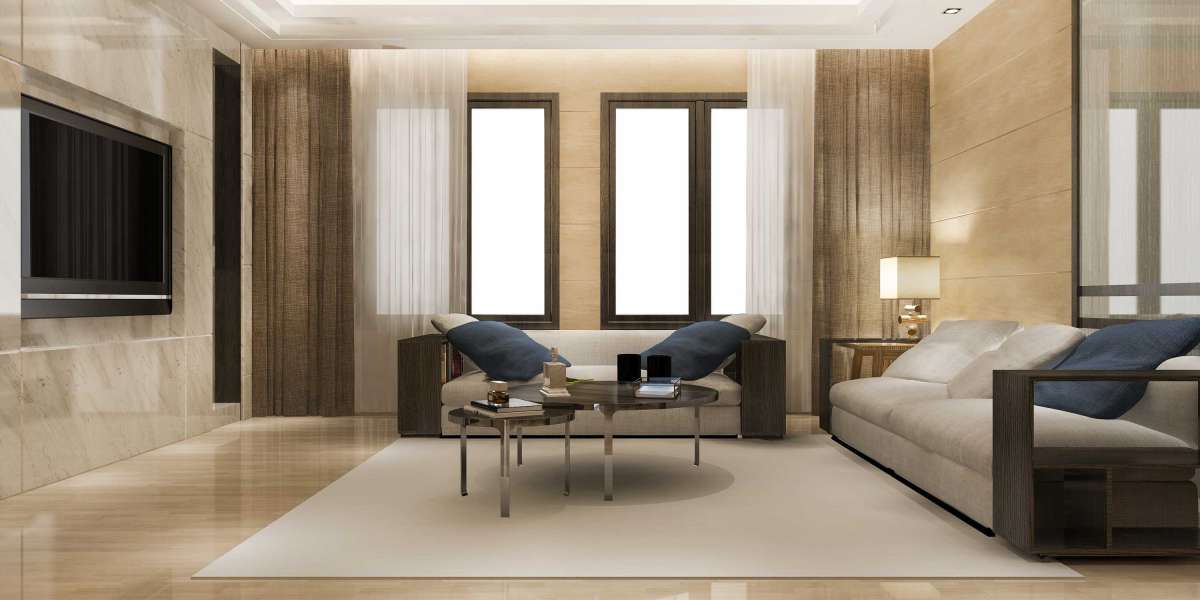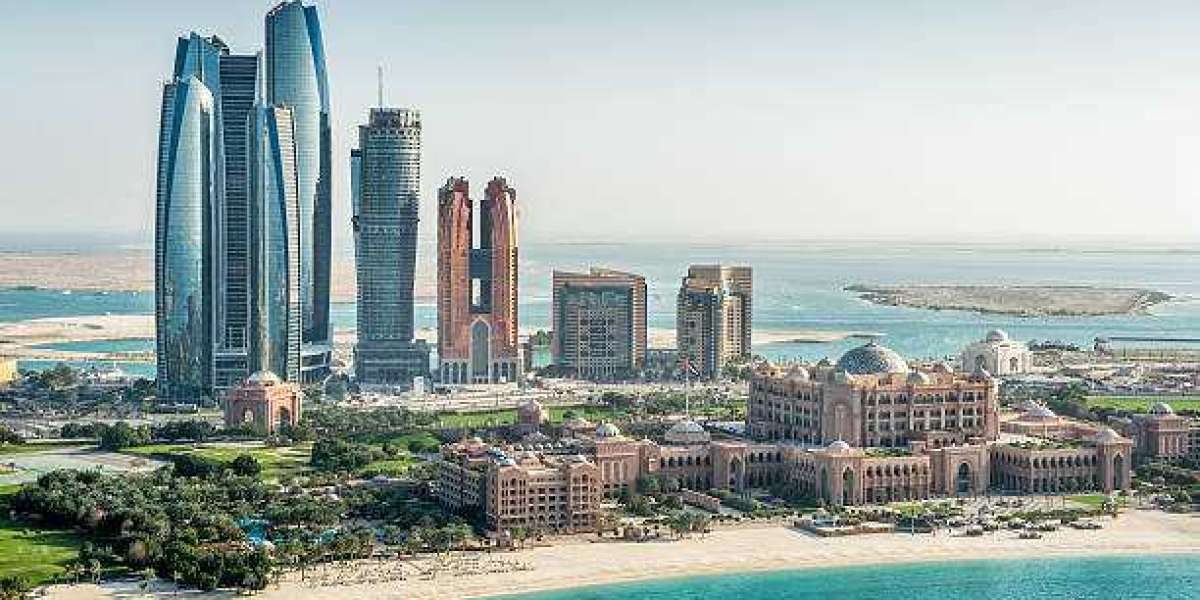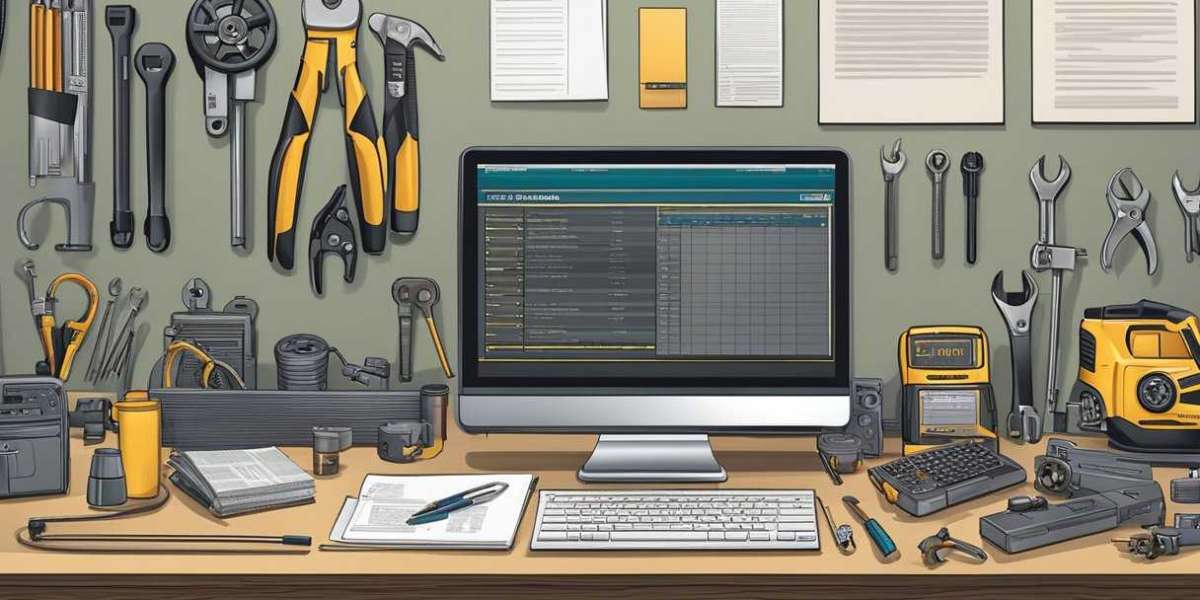When choosing flooring for your Dubai home, it’s crucial to consider the climate and how it affects different materials. Dubai’s hot and humid weather presents unique challenges that make some flooring options more suitable than others. This article compares vinyl flooring with other popular flooring options to help you decide which is best for your Dubai home.
Vinyl Flooring
Advantages:
- Moisture Resistance: Vinyl flooring is highly resistant to moisture, making it ideal for Dubai’s humid conditions. It won’t warp or swell like wood and is easy to clean and maintain.
- Durability: It can withstand high traffic and is resistant to scratches and stains, making it a practical choice for busy households.
- Comfort: Vinyl provides a softer, warmer surface compared to tiles, which can be cold and hard.
- Aesthetic Versatility: Available in a wide range of colors, patterns, and textures, vinyl can mimic the look of wood, stone, or ceramic tiles.
- Cost-Effective: Generally more affordable than natural wood or high-end tiles, vinyl offers a budget-friendly option without compromising on style.
Disadvantages:
- Susceptibility to Extreme Heat: While vinyl is durable, it can be damaged by extreme heat, which may be a concern in areas exposed to direct sunlight.
Tile Flooring
Advantages:
- Heat Resistance: Tiles are excellent at handling Dubai’s heat. They stay cool underfoot, making them comfortable in hot weather.
- Durability: Extremely durable and long-lasting, tiles can withstand heavy traffic and are resistant to scratches and moisture.
- Variety: Available in a vast array of colors, designs, and materials (ceramic, porcelain, stone), tiles can suit any decor style.
Disadvantages:
- Cold and Hard Surface: Tiles can feel cold, which might not be desirable in living spaces or bedrooms. They are also hard, which can be uncomfortable to stand on for long periods.
- Complex Installation: Tile installation can be labor-intensive and costly. It also requires a perfectly level subfloor.
Wood Flooring
Advantages:
- Natural Beauty: Wood flooring offers a timeless, natural look that adds warmth and elegance to any space.
- Comfort: Wood is softer and warmer underfoot compared to tiles and can improve indoor air quality.
Disadvantages:
- Moisture Sensitivity: Wood flooring can warp, swell, or crack in Dubai’s humid conditions, making it less suitable for kitchens and bathrooms.
- High Maintenance: Requires regular maintenance to keep it looking its best, including polishing and protecting it from water damage.
Laminate Flooring
Advantages:
- Aesthetic Appeal: Laminate can mimic the look of real wood at a fraction of the cost.
- Durability: Resistant to scratches and wear, laminate is suitable for high-traffic areas.
Disadvantages:
- Moisture Sensitivity: Like wood, laminate can be affected by moisture and humidity, leading to warping or swelling.
- Artificial Feel: It may not provide the same natural look and feel as real wood.
Carpet Flooring
Advantages:
- Comfort and Warmth: Premium Carpet flooring adds comfort and warmth to living spaces and bedrooms. It’s soft underfoot and can reduce noise.
- Variety: Available in numerous colors, patterns, and textures, carpet can enhance any decor style.
Disadvantages:
- Maintenance: Carpets require regular cleaning and can harbor dust, allergens, and stains, which may not be ideal for Dubai’s dusty environment.
- Moisture Sensitivity: Susceptible to moisture damage and can be difficult to dry if it gets wet.
Conclusion
Each flooring option has its pros and cons, but considering Dubai’s climate, vinyl flooring emerges as a highly practical choice. Its moisture resistance, durability, and aesthetic versatility make it well-suited for the hot and humid conditions. While tiles and wood have their unique advantages, they come with higher maintenance requirements and potential issues with comfort and moisture sensitivity. Ultimately, the best flooring for your Dubai home will depend on your specific needs, preferences, and budget, but vinyl flooring offers a balanced solution that can withstand the unique challenges of the region’s climate.








